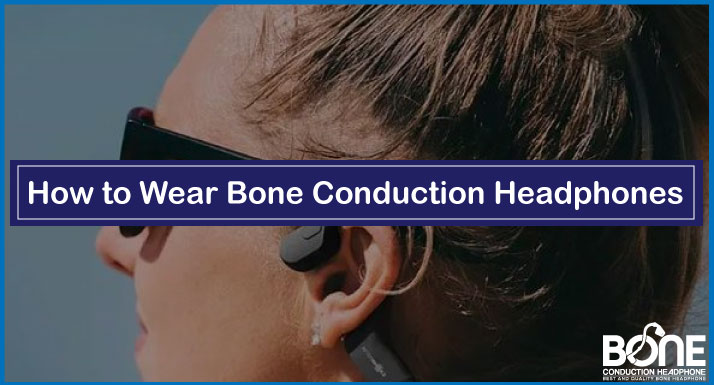As we seek out better ways to enjoy our favorite tunes, bone-conduction headphones have become quite the sensation. But there’s a crucial question that lingers in the minds of users about these mind-blowing devices, can these headphones actually lead to cancer?
We’ll dig deep to uncover the truth and put your mind at ease. sorting fact from fiction, and revealing whether these headphones are safe for everyday use.
Let’s uncover the real story behind this intimidating mystery!
Do Bone Conduction Headphones Cause Cancer?
There is currently no scientific evidence to suggest that bone-conduction headphones cause cancer. Bone conduction technology allows sound to be transmitted through vibrations that directly stimulate the bones of the skull, bypassing the eardrums.
While concerns about radiation from wireless devices have been raised, including headphones, studies have not established a causal link between their usage and cancer development.
The World Health Organization’s International Agency for Research on Cancer has classified radiofrequency electromagnetic fields (RF-EMF) as “possibly carcinogenic,” but this classification is based on exposure from mobile phones and not specifically bone conduction headphones.
However, to minimize potential risks, it is advisable to use headphones in moderation, follow manufacturer instructions, and maintain a healthy balance between exposure to any electronic devices and personal well-being.
Do Bone Conduction Headphones Have Side Effects?
Bone conduction headphones work by transmitting sound waves through the bones of the skull directly stimulating the inner ear. While generally safe to use, there can be some potential side effects.
Firstly, prolonged use of bone conduction headphones at high volumes can lead to hearing damage or loss, similar to traditional headphones. It’s important to be mindful and take breaks to prevent overexposure.
Furthermore, some users may experience discomfort or pressure on the bones or skin around the ear, particularly if the headphones are too tight or not properly fitted.
Lastly, since bone conduction bypasses the external ear, it may result in reduced sound quality in terms of bass response. Overall, though these headphones offer unique benefits, users should be aware of the potential side effects and use them responsibly to protect their hearing and ensure comfort.
Are Bone Conduction Headphones Safe?
Bone-conduction headphones are generally considered safe to use. They transmit sound vibrations through the bones of the skull, bypassing the eardrums and offering an alternative listening experience.
Unlike traditional headphones that directly stimulate the eardrums, bone conduction technology reduces the risk of damage to the eardrums. This makes them a potentially safer option for individuals with certain types of hearing impairment or those who need to remain aware of their surroundings, such as athletes or cyclists.
However, it’s important to use bone-conduction headphones responsibly by avoiding high volume levels to prevent hearing damage. As with any audio device, moderation and awareness of personal comfort levels are key to maintaining safety while using bone-conduction headphones.
Can a Normal Person Use Bone Conduction Headphones?
They are designed to be used by anyone, regardless of their hearing abilities or specific needs. Bone conduction technology allows sound to be transmitted through the bones of the skull, which means that the eardrums are not directly stimulated. This makes them suitable for individuals with normal hearing as well.
Bone conduction headphones can provide benefits such as increased situational awareness since they don’t block the ears and allow users to hear ambient sounds. They can be used during various activities like exercising, commuting, or working, offering a comfortable and convenient listening experience.
However, it’s important for all users, including normal-hearing individuals, to be mindful of volume levels and take breaks to avoid potential hearing damage. Ultimately, bone conduction headphones are a versatile option that can be enjoyed by anyone looking for an alternative way to listen to audio content.
Summing Up
Bone-conduction headphones are generally safe to use for normal individuals. They don’t cause cancer or pose significant risks. However, prolonged high-volume use may lead to hearing damage. Discomfort and reduced sound quality can also occur. Use responsibly, maintain moderate volume levels, and ensure a proper fit for comfort and safety.






